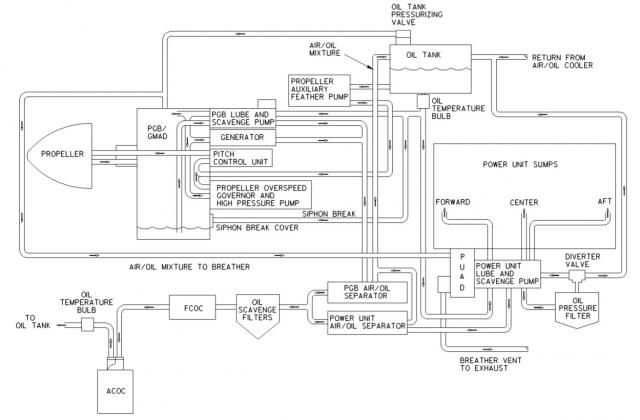riff, that has to be the scavenge pump exit, or so I think.
After the tank and the high pressure pump, oil has to have less air.
I've seen the deaerator stage in oil pumps, also I've seen the baffles and spiral runners in oil tanks, cannot imagine they're so ineffective: after all, if you inject air into the bearings you would kill them.
I've also seen "windows" in oil tanks, it seems the oil is not that frothy there...
Are you sure that's what's injected into the engine? Mostly air?
- Login or Register
No account yet? Sign up


